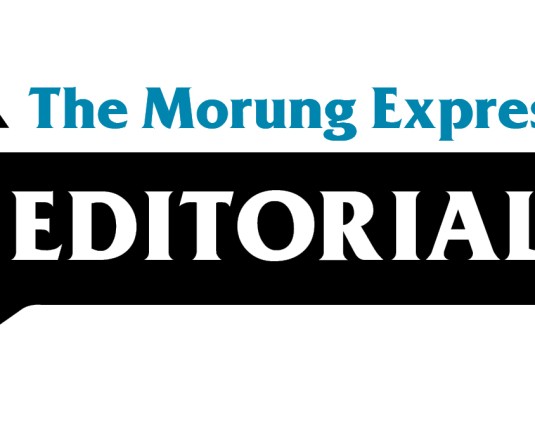
Imlisanen Jamir
The Urban Local Body elections in Nagaland are over, and now the real test begins. On June 26, voters chose their leaders, but those leaders now face a monumental task: running a city without the bread-and-butter revenue stream of property taxes. It’s a challenge, a mountain of sorts, but isn’t that what makes the journey worthwhile?
Property taxes are the backbone of municipal finance across India. They keep the lights on, the water running, and the garbage trucks moving. They’re dependable, predictable, and, frankly, indispensable. But in Nagaland, the idea of taxing property is a non-starter. The opposition is rooted deep, intertwined with cultural pride and historical context. Pushing for property taxes here would be like trying to sell ice to an Eskimo.
So, without property taxes, where does the money come from? The Nagaland Municipal Act, 2023, lists a few alternatives. User charges for water, waste management, and public transportation are on the table. Fees for permits and licenses, market fees, and entertainment taxes are part of the mix too. These are all well and good, but let’s be honest – they’re not the goldmine that property taxes are.
User charges and fees can work, but they come with strings attached. People are willing to pay if they see value. You charge for water; the taps better not run dry. You charge for waste management; the streets better be clean. It’s a straightforward deal, but one that requires efficiency and transparency. Without that, the backlash could be just as fierce as it was against property taxes.
Tourism – now there’s a juicy prospect. Nagaland’s landscapes are stunning, its culture rich and vibrant. Tourists could be a significant source of revenue if managed right. Think entry fees, tourism taxes, and levies on hospitality services. It’s about turning Nagaland into a destination, not just a waypoint. But this means investment in infrastructure, marketing, and a solid plan to handle the influx without losing the very charm that draws people in.
Public-private partnerships (PPPs) – another potential lifeline. Collaborate with private companies to fund and manage big infrastructure projects. It’s worked elsewhere in India, and it can work here too. But it needs a foundation of trust and clear agreements. Both parties need to feel they’re getting a fair shake, or the whole thing falls apart.
And then there are government grants and schemes. They’re out there, ripe for the picking, but you’ve got to be proactive. State and central government funds, national programs like the Smart Cities Mission – they can provide a financial boost. The trick is not just grabbing these funds but using them wisely, ensuring they stretch as far as they can go.
Adding to the mix is the promise of a massive backlog of central funds. After 20 years without elections, hundreds of crores are set to flow into the ULBs. It’s a windfall, a long-awaited infusion of capital that can kickstart numerous projects and services. But this money won’t solve everything. It’s a leg up, not a lifeline, and how it’s managed will be crucial.
The newly elected officials have their work cut out for them. They need to be resourceful, innovative, and, above all, transparent. They need to engage with the community, showing them that the path forward, though challenging, is possible. They need to build a financial model that respects Nagaland’s unique cultural landscape while ensuring the development and maintenance of essential urban infrastructure.
The elections are over, but the journey is just beginning. It’s a tough road ahead, but that’s where the real stories are – in the grit and grind of finding solutions, in the creative hustle of making things work against the odds. Nagaland’s urban leaders have a chance to prove that effective governance doesn’t always follow the beaten path. Sometimes, it forges a new one.
Comments can be sent to imlisanenjamir@gmail.com





